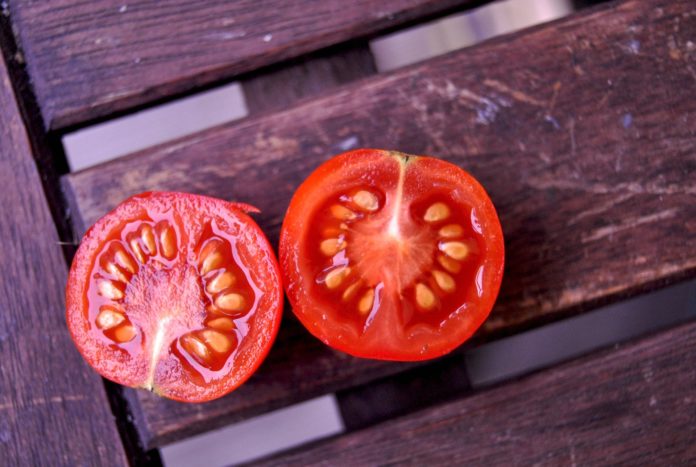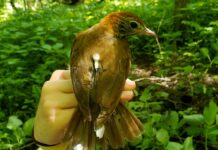Bethany A. O’Rear, regional horticulture agent for the Alabama Cooperative Extension System
As our summer vegetable and flower gardens are winding down, why not get a head start for next year? Seed saving is a great way to preserve those hard to find varieties and can be a lot of fun, as well!
The first step in successful seed saving is knowing if your plants are hybrids. If they are, then saving seed will be fruitless (pun intended). Seed saved from hybrid varieties will not produce the same plant as the one from which it was collected.
Open-pollinated varieties are the plants of choice for saving seed. What does this term mean? Plants that are pollinated by insects, wind or other natural processes are classified as open-pollinated. Generally speaking, these plants will render seed that, when planted, will produce the same desirable traits as the parent plant. The one caveat to that statement is the potential of cross-pollination, the process in which genetic material from one variety crosses with that of another closely related variety resulting in offspring with extremely unpredictable traits.
Cross-pollination can occur with plants that are pollinated by insects or wind. Some examples are cucumbers, melons, corn and squash. To prevent cross-pollination, only grow one variety in a single growing season.
The easiest plants for seed saving are those that are self-pollinating, as they rarely cross. Some examples of self-pollinating vegetable varieties are tomatoes, peppers, beans and peas. Zinnias and sunflowers are just two of many annual flower varieties that are self-pollinating.
Now that we have discussed what seed to save, let’s visit a minute on the actual process. First, only collect seed from healthy plants. Plants that are diseased or have a weak growth habit produce low-quality seed. It is best to let the seed fully mature before harvesting. In the case of vegetables, the fruit should ripen completely before harvest. With flowers, collect seed after the petals have dried and a seed pod has formed.
After collection, the seed should be cleaned. This process differs depending on the plant type that you have. Some seeds must be wet processed, such as those found in tomatoes, cucumbers or melons. First, remove seed from the fruit and wash in a large container. Viable seed will sink to the bottom, while non-productive seed will float to the top. Remove the floating seeds and pour the remainder of the seeds and water through a strainer. Dry the seeds by spreading them in a thin layer on a flat surface. For dry processed seeds such as beans, peas and annual flowers, cleaning requires the separation of the seed from the husk flower head or pod. Using hand screens, winnow the seed to separate from additional plant debris.
After cleaning, be sure to store the seeds correctly. Place completely dry seed in a paper envelope. Include a packet of silica gel (available at craft stores) or dry rice to be sure the seed remains dry. Always label saved seed. Even though you know the exact varieties that you are saving at the time, a year or two down the road, that may not be the case. Store envelope in a tightly closed glass jar and leave in a cool, dry place. For extended quality, store seed in the refrigerator. Most seed remain viable for three to five years.
Seed saving is a great way to preserve a little of the past while planning for the future! If you have never tried your hand at saving seed, this year is a great time to start. Hope this is helpful! Happy Gardening!





















